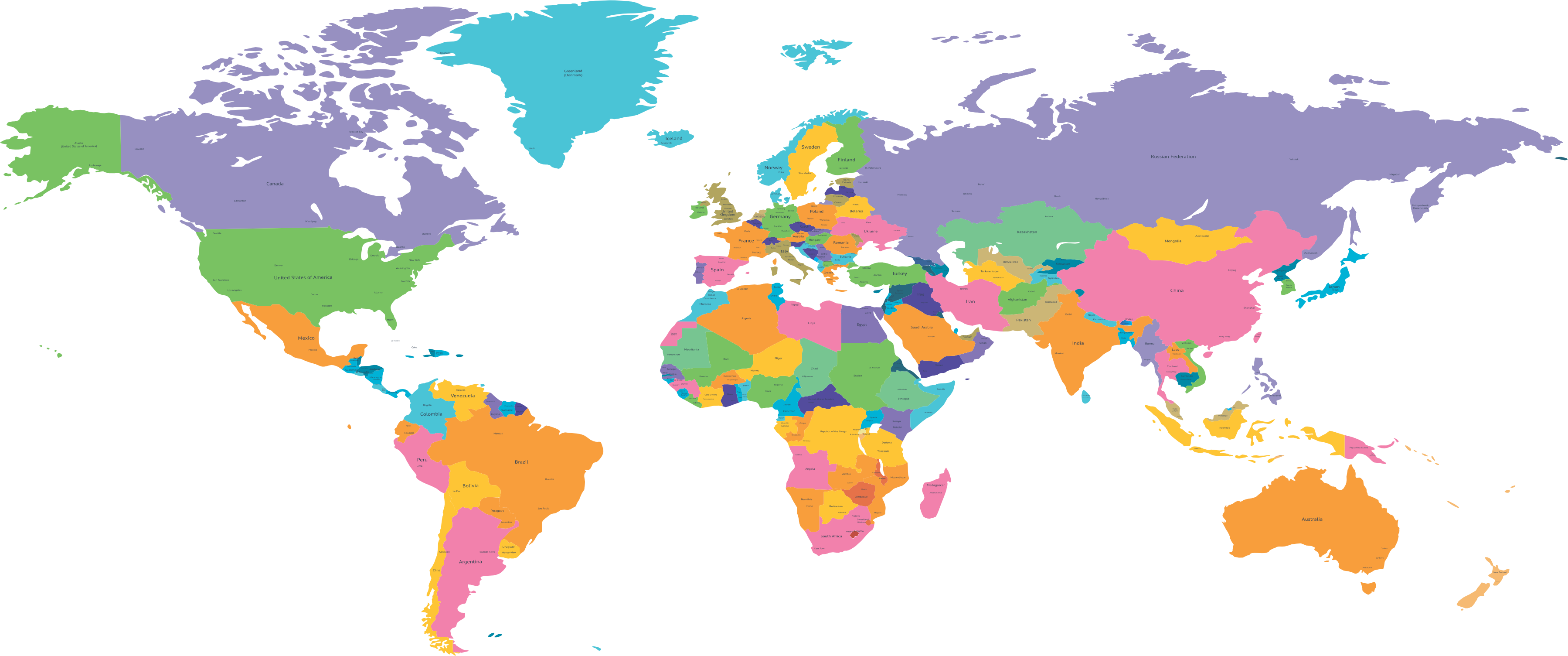Perception of Parents about Female Education: A Case study of the University of Loralai
DOI:
https://doi.org/10.62997/rl.2023a.29009Keywords:
Perception, Parents, Female Education, Loralai, BalochistanAbstract
The study sought to explore parents' perceptions of female education. To determine the social and cultural hurdles in female education. The University of Lorelai’s students comprised the population of this research. A questionnaire was distributed to the female students at random. From the whole population, the current researcher took 50 girls as a sample for this research from the University of Loralai, comprising the Department of Education. This sample was selected through a random sampling technique. A closed-ended questionnaire was constructed to collect data containing ten items based on a 3-point scale. Based on the findings, it was concluded that early marriages are a barrier to female education. Respondents are divided in their opinion about the statement that parents think co-education is difficult for women. Most parents cannot afford higher education for their daughters. Most parents believe that higher education is not difficult for women. Most parents believe that they cannot afford higher education for their daughters. Local tribal tradition is a barrier to female education. Parents agree that the university is too far away from the city. Respondents are divided in their opinion about the statement that parents are not satisfied with transport facilities. If the university provides separate classes for female students, the strength of female students will increase. Most parents are worried about harassment.
References
Afridi, F. (2010). Child welfare programs and child nutrition: Evidence from a mandated school meal program in India. Journal of Development Economics, 92(2), 152-165. https://doi.org/10.1016/j.jdeveco.2009.02.002
Ahmad S. (1985). Effect of education on marital fertility in four Muslim populations. Genus, 41(1-2), 23–37.
Alam, S. (2017). Female education: The facilitating and hindering factors regarding female education in Gilgit-Baltistan context of Pakistan. International Women Online Journal of Distance Education, 6(2), 35.
Awan, A. G., & Malik, A. (2020). Impact of female education on poverty reduction: An Evidence from Pakistan. Global Journal of Management, Social Sciences and Humanities, 6(2), 220-236.
Daraz, A. N., Khan, W., & Sheikh, I. (2013). Physical and Infrastructural Obstacles to Women's Education in Khyber Pakhtunkhuwa Pakistan. FWU Journal of Social Sciences, 7(2), 139-145.
Evans, J., & Davies, B. (2010). Family, class and embodiment: Why school physical education makes so little difference to post‐school participation patterns in physical activity. International Journal of Qualitative Studies in Education, 23(7), 765-784. https://doi.org/10.1080/09518398.2010.529473
Faridi, M. Z., Yasmin, F., & Choudhry, I. (2015). Determinants of Female Employment Status in Pakistan: A Case of Sahiwal District. A Primary Data Analysis. Journal of Business Economics and Information Technology, 2(4), 428-442.
Hashmi, N., Zafar, M. I., & Ahmad, M. (2008). Cultural determinants of female educational attainment in rural Jhang, Punjab, Pakistan. Pakistan Journal of Agricultural Sciences, 45(1), 45-51. https://www.pakjas.com.pk/papers/243.pdf
Khan, S. (2016). Impact of father education on female education in Pashtun society of district Charsadda, Pakistan. Imperial Journal of Interdisciplinary Research, 2(4), 1013-1019.
Latif, A. (2009). A critical analysis of school enrollment and literacy rates of girls and women in Pakistan. Educational Studies, 45(5), 424-439. https://doi.org/10.1080/00131940903190477
Lee, V. E., & Marks, H. M. (1990). Sustained effects of the single-sex secondary school experience on attitudes, behaviors, and values in college. Journal of Educational Psychology, 82(3), 578-592. https://doi.org/10.1037//0022-0663.82.3.578
Parvez, A., Kamal, S., Ullah, M., Khan, M. S., & Khan, H. (2017). Effects of problems on female education at secondary school level in North Waziristan Agency. Research on Humanities and Social Sciences, 7(7), 1-6.
Pirzado, P. (2006). Exclusion of girls from education in rural Pakistan. EENET Asia Newsletter, (2), 24-25. https://ecommons.aku.edu/pakistan_ied_pdck/21
Talbot, M. (1910). The education of women. University of Chicago Press.
Shah, S., & Shah, U. (2012). Girl education in rural Pakistan. International Journal of Sociology of Education, 1(2), 180–207. https://doi.org/10.4471/rise.2012.10
Tierney, P. (2013). Keeping the boys at a distance: An alternate path to post-secondary education. In Critical issues in higher education (pp. 37-49). Brill.
Ullah, K., Jan, A., Rani, M., Ahmad, M., & Khan, I. U. (2021). Factors affecting the female education in the newly merged district bajaur of khyber pakhtunkhwa, pakistan. Palarch's Journal of Archaeology of Egypt/Egyptology, 18(4), 3136-3156.




